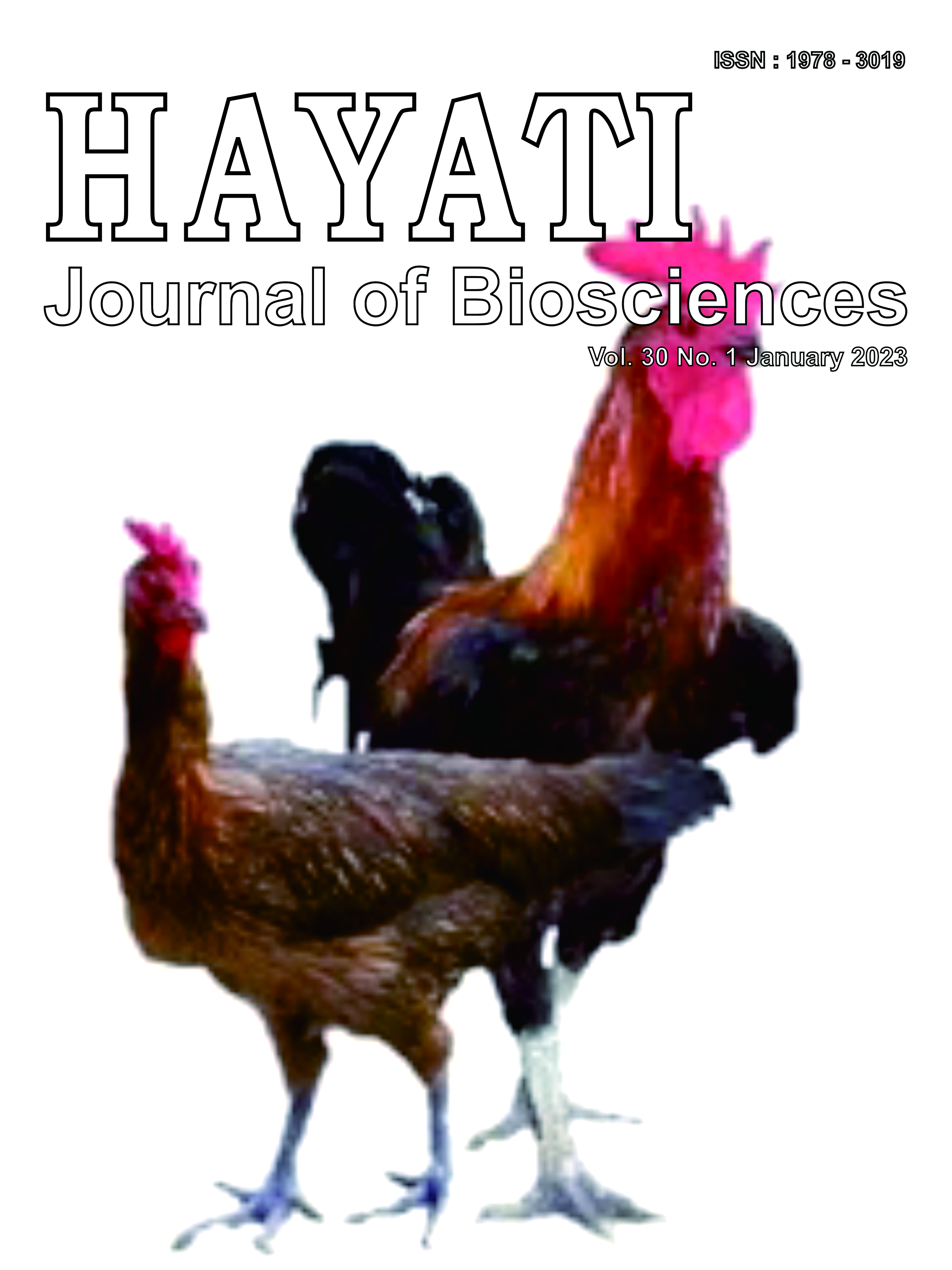Cold Stress Response Genes of Lantiplantibacillus plantarum subsp. plantarum Mut-3 and Lantiplantibacillus plantarum subsp. plantarum Mut-7 Support the Ability to Survive in Low-Temperature Conditions
DOI:
https://doi.org/10.4308/hjb.30.1.65-70Abstract
Probiotics are widely consumed in various food matrices to provide health benefits to the host. The viability of probiotic cells is influenced by several factors, including exposure to high temperatures during the production process and low temperatures during storage. In this study, we report the response to cold stress of Lantiplantibacillus plantarum subsp. plantarum Mut-3 and Mut-7 after 24 h of storage at 4°C and -20℃. The cell number of Lantiplantibacillus plantarum subsp. plantarum Mut-3 and Mut-7 in low-temperature condition had no significant differences than their initial number: 11.88 log CFU/ml and 11.62 log CFU/ml at 4°C; 11.51 log CFU/ml and 11.47 log CFU/ml at -20°C for Mut-3 and Mut-7 respectively. The results indicated the survival capacity of Lantiplantibacillus plantarum subsp. plantarum Mut-3 and Mut-7 at low temperatures. The genes encoding cold shock proteins for the response to cold stress were evaluated by genome sequencing. The CspA/CspC genes of Lantiplantibacillus plantarum subsp. plantarum Mut-3 and Mut-7 possibly play a role in maintaining cell resistance at low temperatures, since the genes products predicted to have conserved motifs in the RNA binding protein (RNP) -1 and RNP-2 responsible for cold response stress which are similar to those in other bacteria.
Downloads
Downloads
Published
Issue
Section
License
HAYATI J Biosci is an open access journal and the article's license is CC-BY-NC. This license lets others distribute, remix, tweak, and build upon author's work, as long as they credit the original creation. Authors retain copyright and grant the journal/publisher non exclusive publishing rights with the work simultaneously licensed under a https://creativecommons.org/






















.png) Bogor Agricultural University
Bogor Agricultural University Department of Biology
Department of Biology The Indonesian Biological Society
The Indonesian Biological Society 

